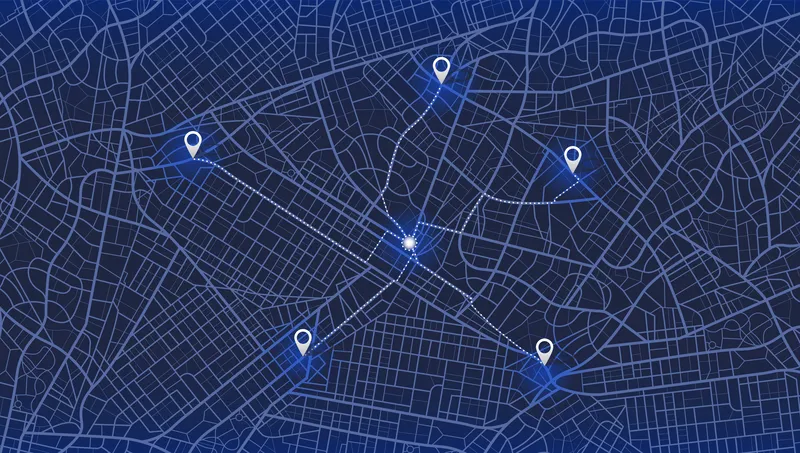
Here Technologies, a location data and technology platform, has expanded its global partnership with the addressing system What3words.
Customers using Here platform’s location services application programming interfaces (APIs) will be able to easily activate their What3words licence via Here.
Here and What3words first partnered in 2020 to offer automotive customers in-car navigation. Since that announcement, the joint solution has already enabled major players including Jaguar Land Rover to enable the technology with ease.
Here’s automotive customers are already able to activate their What3words licence via their Here account managers. The latest agreement between the two companies will bring this offering to customers across other verticals.
What3words has divided the globe into a grid of 3m x 3m squares and given each one a unique combination of three words: a What3words address. For example ///wished.propeller.powerful will take a user to a bench with one of the best viewpoints in the Red Rock Canyon National Conservation Area in Nevada, near Las Vegas.
What3words enables users to easily convey locations as specific as delivery entrances, parking spots and stadium gates. It provides easy location references in places with no street addresses, such as beaches, parks and remote hiking trails.
Here said its customers include nearly every global automaker, leaders in e-commerce, transportation and logistics and public sector agencies worldwide. By adding What3words functionality to its platform, Here is making it as quick and easy as possible for these clients to introduce the tech to their own systems, explained Clare Jones, chief commercial officer at What3words: “Integrations that would have taken years of development can now be done in months and innovative updates can even be delivered over-the-air."
“The speed and ease offered by this partnership will enable what3words to leapfrog slow legacy processes that have held back innovation in other industries, and we’re incredibly excited by the opportunities this partnership presents,” adds Jones.
“What3words’ innovative technology creates another layer of precision in the way the world communicates location,” said Remco Timmer, Here president of product and technology.
"We see so much potential in making what3words readily available for thousands of our customers around the world.”










